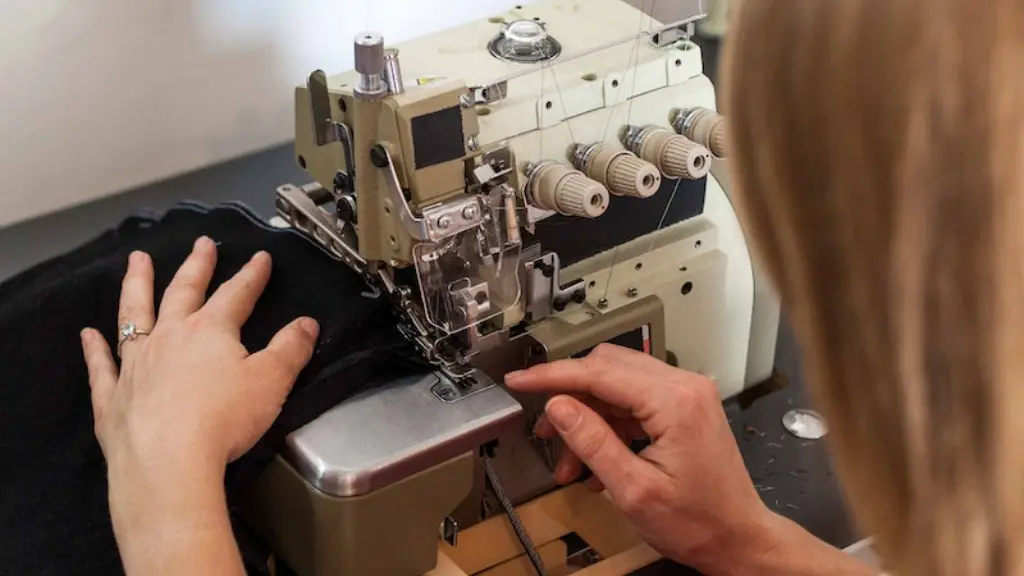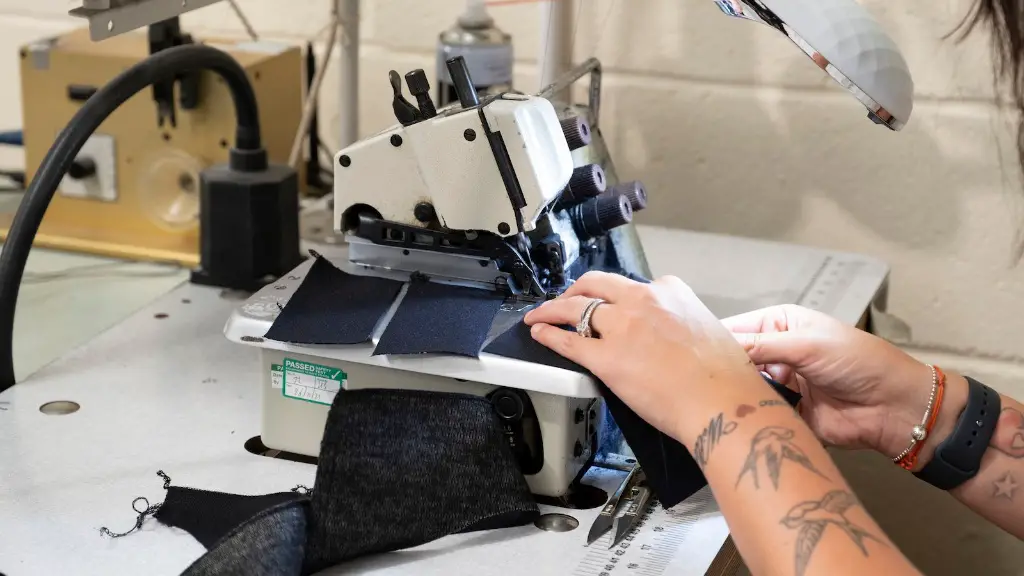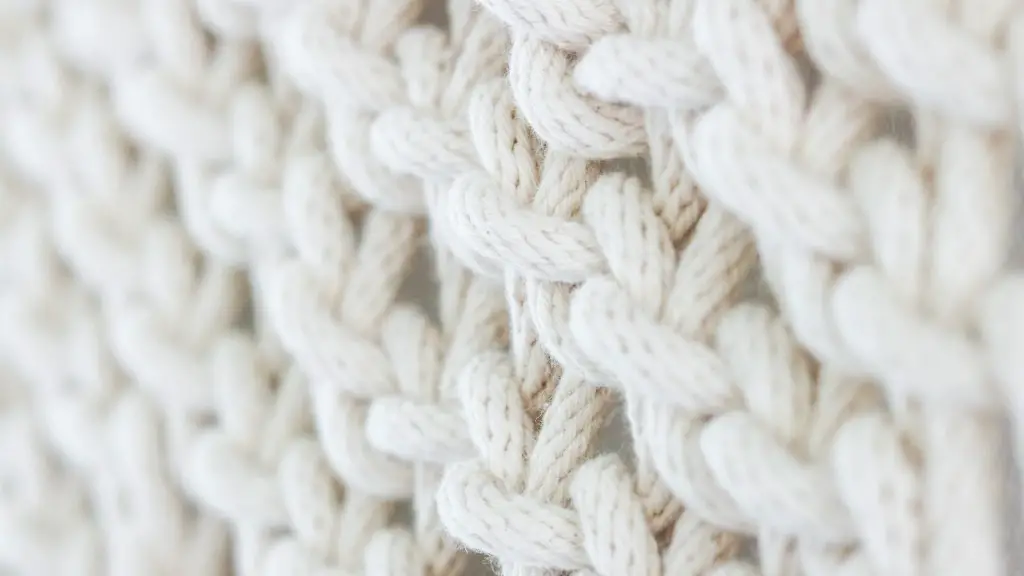Few people realize the importance of a well-maintained sewing machine. If you’re a sewer and experience a lot of clunking, jamming, and other frustrating mechanical issues, you’re probably dealing with rust. Rust can build up on the parts over time and wreak havoc on the performance of your beloved machine. To get it back performing like new, it’s important to know how to remove rust from sewing machine parts.
Rust can build up and remain hidden deep within a machine’s interior. This means you may need to take apart your machine before you can get to the rust. Whether this is the case or not, start by doing a thorough inspection of your machine’s parts. Exposed rust should be scrubbed off with a wire brush. Take care with this step, as applying too much force could damage your machine’s delicate electronics. Corroded parts, like needles and feed dogs, should be replaced.
Once the areas with exposed rust are clean, it’s time to tackle any rust that may be hiding inside. To do so, it’s usually easiest to dismantle the machine. Start by unplugging it, as well as any components that should be removed in order to gain access to the interior. Consult your machine’s user manual or an online resource to determine what needs to be taken apart and how.
Once the machine is dismantled, use extra-fine steel wool to scrub away any rust inside. If the rust isn’t too bad, you may be able to get away with using a simple sponge. Be sure to thoroughly dry the machine afterwards, paying special attention not to leave any water droplets in the nooks and crannies. This will help reduce the possibility of further rusting.
For some rusty spots, a rust remover may be necessary. Polishing and rust remover solutions, like those used on automobiles, offer a more powerful approach and can be purchased at your local hardware store. Be sure to test the solutions on a similar surface first, however, to make sure they won’t damage what you’re working on.
Once your machine’s interior is rust-free, you can begin to reassemble it. There are numerous tutorials online to help you do this, so don’t hesitate to consult one. Pay particular attention to how each part fits together, as this will help ensure a proper reassembly.
Sewing machines need to be maintained well in order to keep them running smoothly. Rust is common in parts on a neglected machine, and can cause damage if left unchecked. Fortunately, with proper upkeep and a few simple tools, it’s easy to learn how to remove rust from sewing machine parts—saving you time, money, and a lot of frustration.
How to Restore a Rusty Sewing Machine
If your vintage sewing machine has seen better days, you can still bring it back to life. And there’s nothing more satisfying than tackling a DIY sewing machine restoration project!
Before you begin restoring your machine, be sure to take detailed photos of the part you’re working on before and after. This will give you a reference point if you find yourself confused about how to get everything back together. Also, before you begin sanding down any rusty parts, be sure to label them or make a diagram so you know how to put them back in their proper places.
Remove any rust using steel wool, sandpaper or a wire brush. Work gently and be sure to only remove the rust, not any of the good metal. You can clean off flaking paint using a soft toothbrush. If the paint has worn thin on the face of the machine, opt for a light sanding. Try not to use a heavy abrasive, as this could potentially mess up the details on the machine.
If you have any rust inside of the machine, you’ll need to go the extra mile and disassemble the machine. If you’re not familiar with the inner workings of a machine, it can be a bit daunting to take it apart. But it’s important to do so if you want to thoroughly restore your machine. Plus, it’s great practice if you plan on doing any more repairs or restoration in the future.
Once all of the rust is removed and the parts are cleaned, you can set about reassembling the machine. Again, it’s important to pay attention to the instructions and assemble the parts in the order of their given instructions. Keep an eye out for missing screws or bolts, and make sure you’re using the right tools and materials for the job.
Tips for Preventing Future Rust Problems
Rust can wreak havoc on a sewing machine and can cause a ton of problems if it’s left unchecked. That’s why it’s best to take preventive measures to avoid rust in the first place.
If you’re concerned about rust, look for a machine with a coated steel frame and an aluminum plate. A machine with this combination of materials is less likely to have rust problems. If you have an existing machine and you’re trying to prevent rust, it’s best to keep the machine oiled, dust-free, and dry when it’s not in use.
If your machine sees a lot of heavy use, consider cleaning it more often and be sure to use a lint-free cloth to remove any dust or dirt particles. Also, if your machine has been exposed to moisture, be sure to remove the moisture as quickly as possible and apply a rust-proof coating. Depending on the area, this might be from a spray bottle or from a silicone-based oil.
In some cases, rust might become an issue even after you take preventive measures. If that’s the case and your rust spots have become unmanageable, it might be time to consider looking for a new machine. The last thing you want is to damage the motor or a delicate part, as this could mean expensive repairs.
The Benefits of Rust-resistant Sewing Machines
Rust-resistant sewing machines are becoming increasingly popular as sewers across the world realize the benefits of investing in a machine that won’t rust. Rust-resistant sewing machines can last for years, saving you time and money on maintenance and repairs. Plus, they are generally more user-friendly, as their parts are easier to access and can be easily cleaned.
Thanks to their rust-resistant properties, these machines don’t require as much maintenance. They can be left in the machine for long periods of time, as they won’t rust like their older counterparts. This also means you won’t have to worry as much about damaging delicate parts. Since they’re more reliable, rust-resistant machines can also help improve the quality of your projects and make them last longer.
Rust-resistant machines make a great investment, and they can be found in all price ranges. They may come at a slightly higher cost than traditional machines, but they are worth the extra money. Not only do they have a longer life span, they also require fewer repairs, which can save you a lot of money in the long run.
Tips for Trouble-free Sewing Machine Maintenance
Sewing machines are specialized tools, and regular upkeep is key to keeping them running efficiently for years to come. Here are some tips for easy sewing machine maintenance.
Start by oiling the machine. Every machine should be oiled at least twice a year, and more frequently if you use it frequently. Most machines will come with a special oiling location marked on the machine. Make sure to avoid the electronics when applying oil, as this can cause serious damage to the machine.
Be sure to give the machine a good clean once a month. Field-strip the machine and remove any dust, lint and dirt that builds up over time. Clean the gears and other moving parts with a lint-free cloth. Check the belt and pulleys and replace if needed.
Finally, replace any parts that are showing signs of wear and tear. Pay special attention to the needle and feed dogs, as these are the parts that can cause the most damage if they aren’t in top condition. If in doubt, it’s best to err on the side of caution and just replace them.
By doing a few simple maintenance tasks throughout the year, you can keep your machine running smoothly and extend its life. That way, you can continue enjoying your sewing and quilting projects without any unexpected hiccups from your trusty machine.





